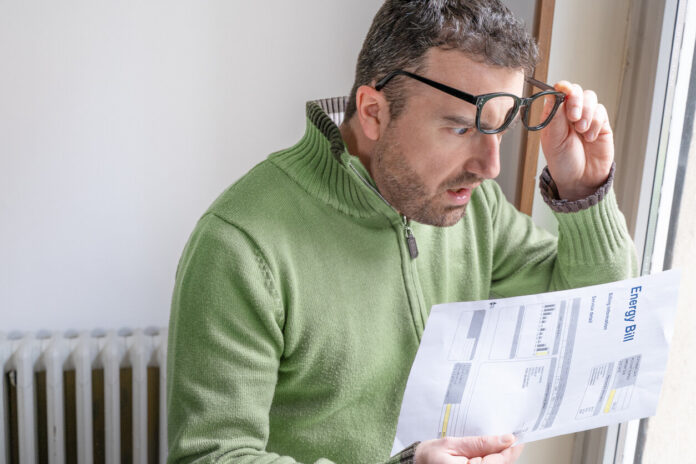Have you been paying more for electricity for two months? This increase is normal. Indeed, the regulated electricity sale tariffs increased by nearly 15% on February 1, 2023. Nevertheless, this bill could have increased by 99%. Indeed, the Energy Regulation Commission (CRE) wanted to apply a much larger increase.
What has blocked this price growth at 15% is the “tariff shield” put in place by the government to fight inflation and help households pay their bills. Thus, on January 31, the Ministry of Energy Transition presented the new household tariff schedule for electricity. “Knowing that the average annual consumption of a household is 4.7 megawatt hours, the average amount of the electricity bill of a household at the Blue Tariff increased on February 1, 2023 from 966 to 1,112 euros including tax per year”, specifies EDF questioned by our colleague Alexandre Loukil for Capital. But is everyone in the same boat?
Capital carried out a simulation on two different household profiles and the contrast is significant. On the one hand, there is a childless couple living in a 50 square meter apartment. The latter would consume 7,000 kilowatt hours per year with a 9kVA power meter. On the other hand, there is a family with two children who live in a 100 square meter house. They consume nearly 14,000 kilowatt hours per year for a meter with a power of 12 kVA. Their basic options and those of peak and off-peak hours are compared. For the family, Capital assumes that the household manages to consume 40% of its electricity during off-peak hours, which is the break-even point for this option.
Paradoxically, it is the family with two dependent children who suffers the largest increase in their electricity bill. Indeed, it increases by 17.5% for the basic option and by 16.1% for the peak hours and off-peak hours option. “Whatever the option chosen, the increase in the electricity bill exceeds 200 euros”, specifies Alexandre Loukil. Even more, it exceeds the threshold of 400 euros. However, the couple is also subject to this pricing since an increase of 16.9% is applied for the basic option and 15.3% for the peak hours off-peak option. The couple will therefore also see their tax-inclusive bill increase by more than 200 euros.

